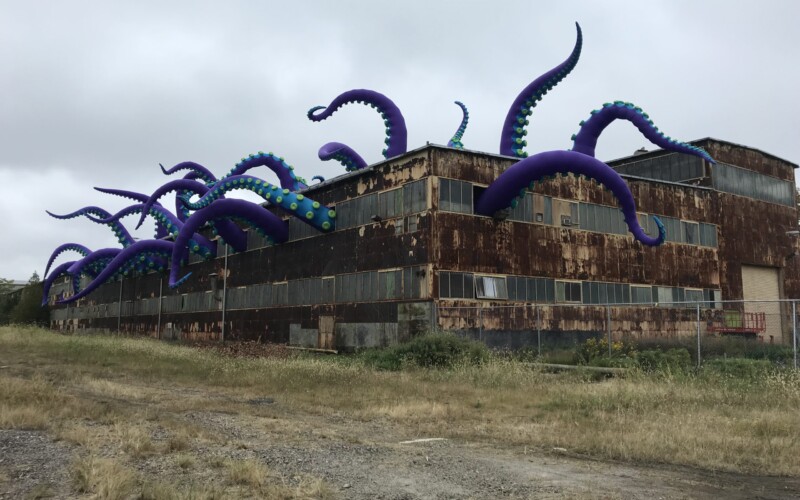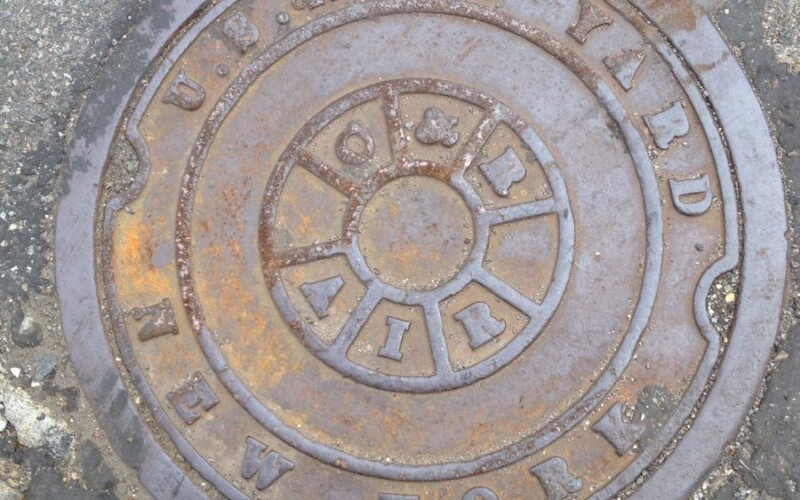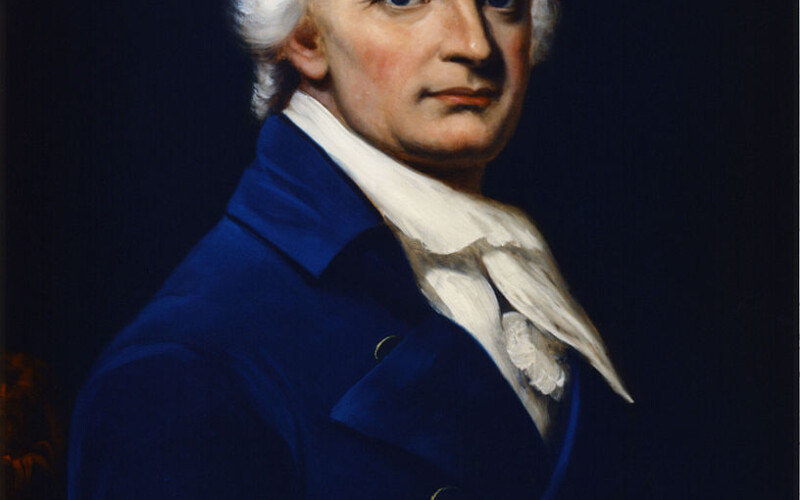We have experience hosting a range of audiences, from college classes to birthday parties to company outings, and we customize our tours to meet your group’s interests and needs.
Book a private tour today
At the dawn of the nineteenth century, the US Navy established six naval shipyards to build, repair, and outfit the fleet. From the “original six”—Boston, Brooklyn, Philadelphia, Portsmouth, Norfolk, and …
Read more

Some of the subjects we frequently have to address on our tours of the Brooklyn Navy Yard are: where is it? and what is the official name? So let’s start with the …
Read more

Two hundred and thirteen years ago today, the Brooklyn Navy Yard was founded, the last of the six original shipyards established by the US Navy. Today we celebrate the yard’s …
Read more
